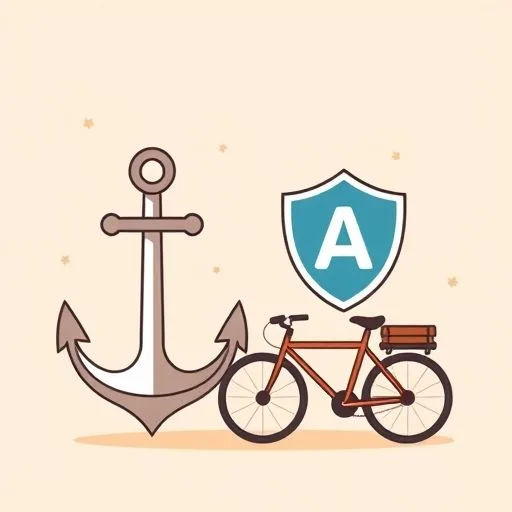
We’ve all seen it—that moment when a child’s hands first touch a smartphone screen. The way they tap and swipe, leaning in with that curious sparkle in their eyes—it’s pure fascination! It’s hypnotic, isn’t it? But I remember the weight of my mother’s hands in the past—the fold of her apron, the clink of kitchen tools she mastered. We don’t need to fear technology’s grasp. Instead, we can approach it together with the same quiet care we’d give to a new recipe, a new skill, a new story. The challenge is balance—not to ban it, but to build a bridge from our children’s curiosity to our collective wisdom. So how do we turn that initial fascination into something meaningful?
The Screen in Their Hands, Our Hearts in Their Hands

We’ve watched them cradle the screen like a fragile bird, tapping and exploring without hesitation. Technology’s glow is a natural part of their world now, just like how we blend kimchi and poutine in our household—finding that perfect balance between tradition and innovation.
Instead of cutting back on screen time just because we’re worried, we can focus on what matters—sleeping well, eating together, laughing freely. Our children’s brilliance is discovering how to soar in the digital world, but they’ll still need us to guide them through the winds.
Mentoring, Not Just Monitoring

Research shows that older generations are getting better at watching the clock, but young parents are leading the way in walking with their children through technology. We worry about AI’s risks—the deepfakes, the chatbots, the eerie quiet of a child lost in the wrong conversation.
But here’s the secret our children can’t yet see: Your guidance is their anchor. Setting digital boundaries—like together, we’d set rules for riding a bike—isn’t about limits. It’s about teaching them to balance the journey, building trust through small moments of connection.
The future of AI isn’t just about keeping kids safe—it’s about empowering them with the wisdom to question the answers they’re given.
Radical Collaboration Starts Here, Now

Schools and communities can’t shoulder this load alone. Their future is too bright, too vast.
Ask your child about their favorite AI companion. Listen to how they’d explain it to a friend. Then, gently—the way we’d kneel beside a child learning to tie their shoes—offer to explore together. That’s the bridge between generations.
The Art of the Digital Ground Rules

Ground rules, like any good recipe, work best when we’ve tested the ingredients. We’ve all learned that setting boundaries isn’t about control. It’s about trust. Encouraging honest conversations about AI’s wonders—and its risks—builds the critical muscles we’re all trying to strengthen, rooted in that quiet compassion we try to model every day.
Teach your child to question the reliability of AI-generated information, just like we’d teach them to spot a good friend. The soft glow of their screen is no match for the warmth of your guidance, shining through the pixels. That digital spark in their eyes? It’s not something to dim—it’s something to guide, to nurture, to help grow into a flame that lights up their world while keeping them warm and safe.
Source: Revolutionizing Software Development: Insights from Replit CEO Amjad Masad, Next Big What, 2025-09-27
